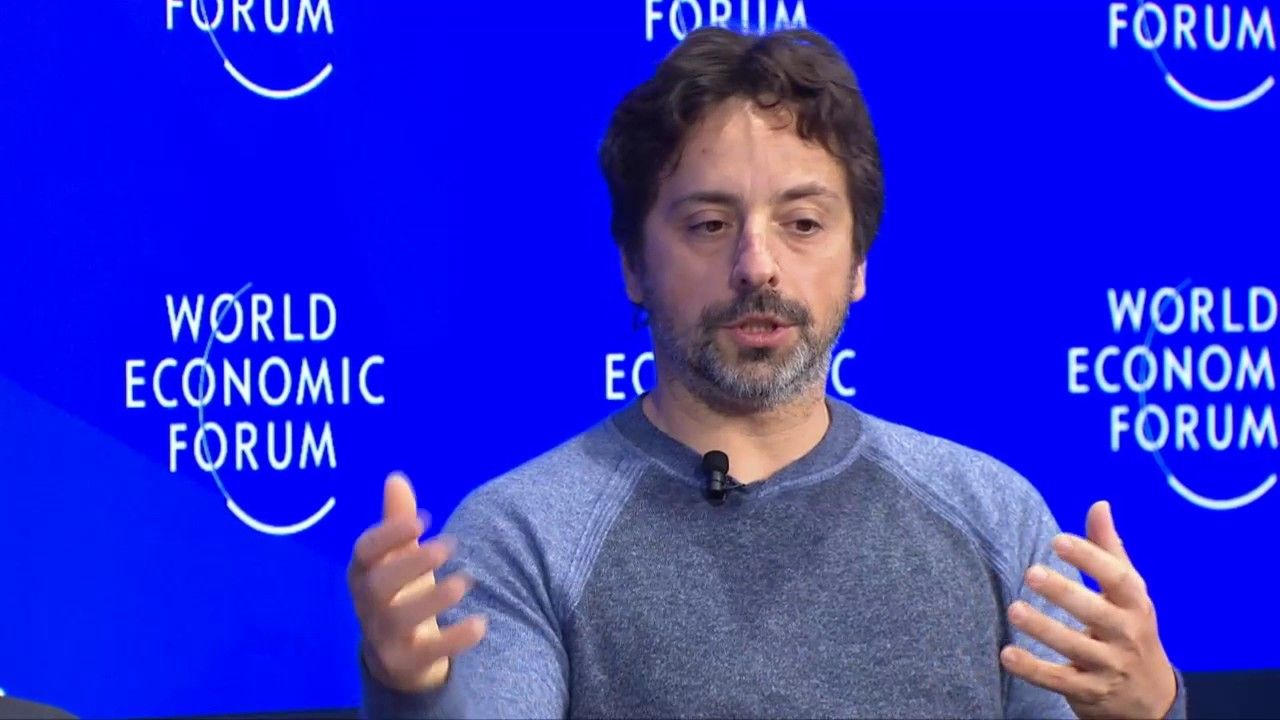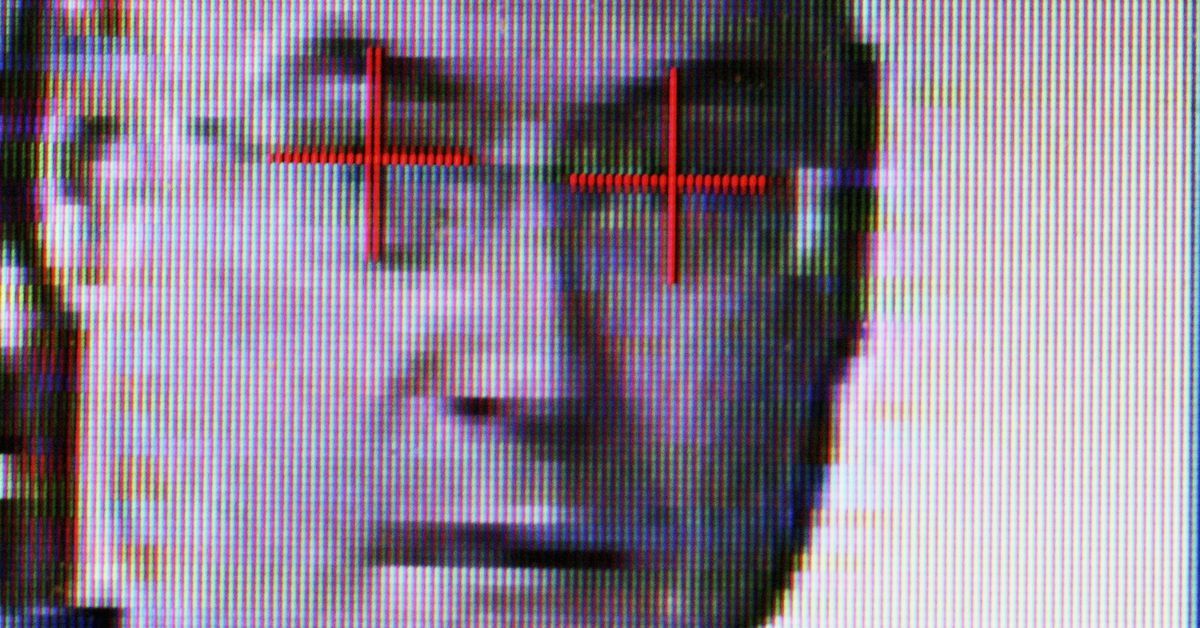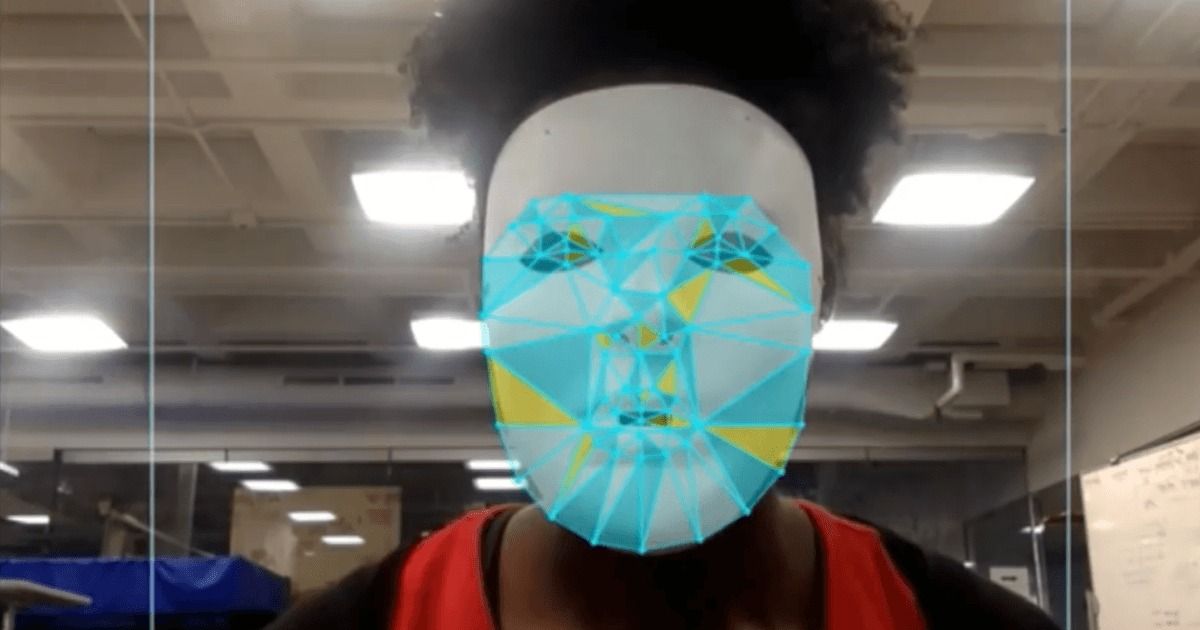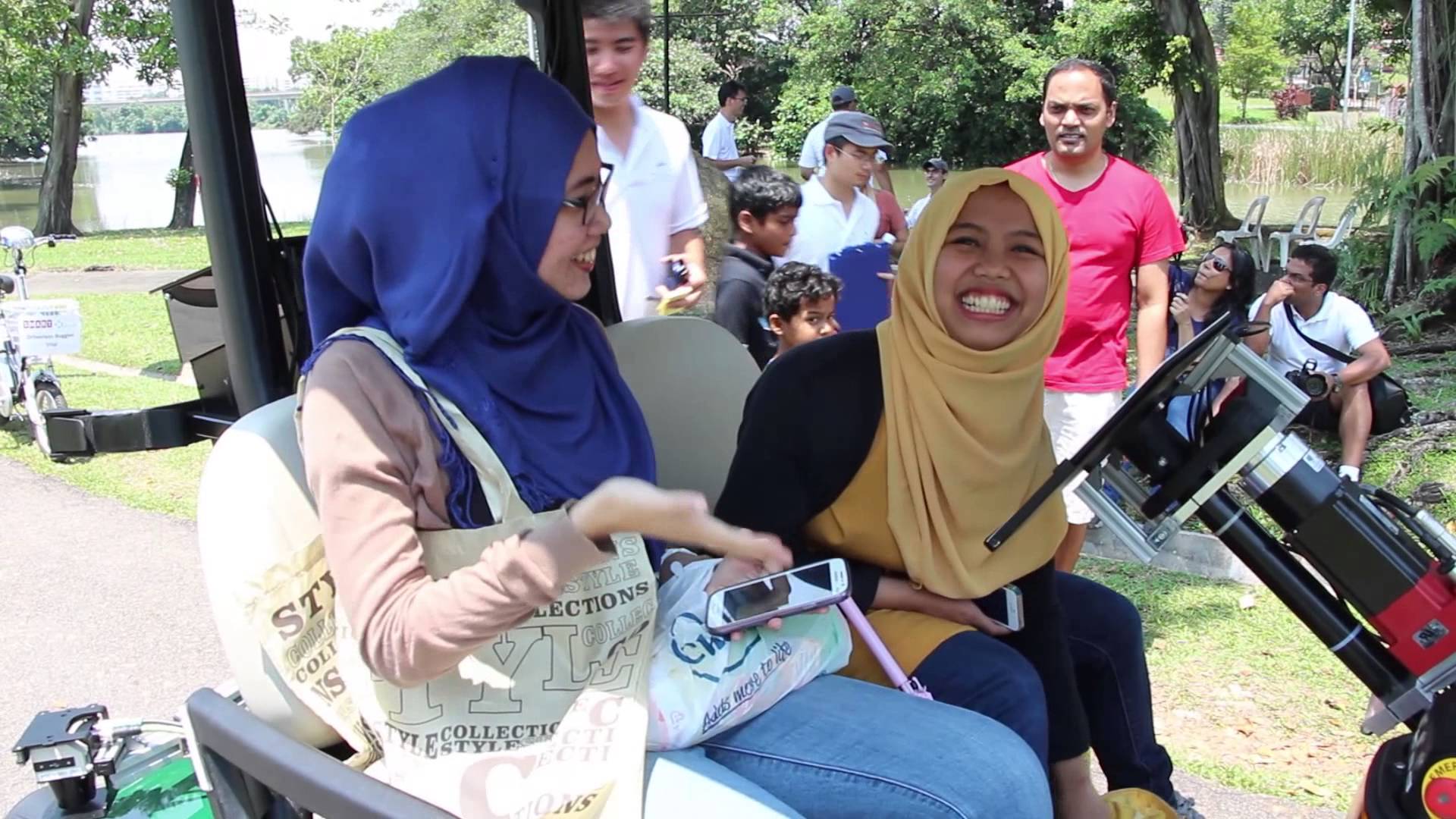TEL AVIV, Jan 21 — Israel has upgraded its missile defence system so that the country can be protected from the ground to outer space.
The latest addition, the Arrow 3, became operational on Wednesday. The system has a range up to 2,400 km and can be used as an anti-satellite weapon. It was co-developed by Israel Aerospace Industries and Boeing Co.
An ‘Arrow 3’ ballistic missile interceptor is seen during its test launch near Ashdod, Israel December 10, 2015. — Reuters picThe bottom tier of Israel’s missile defence system is the Iron Dome interceptor, which is designed to destroy short-range rockets and artillery shells fired up to 70 km away. The second tier of the system is David’s Sling, which is designed to shoot down mid-range, lower-altitude missiles. The Arrow 2 is designed to intercept missiles in low to high atmosphere.

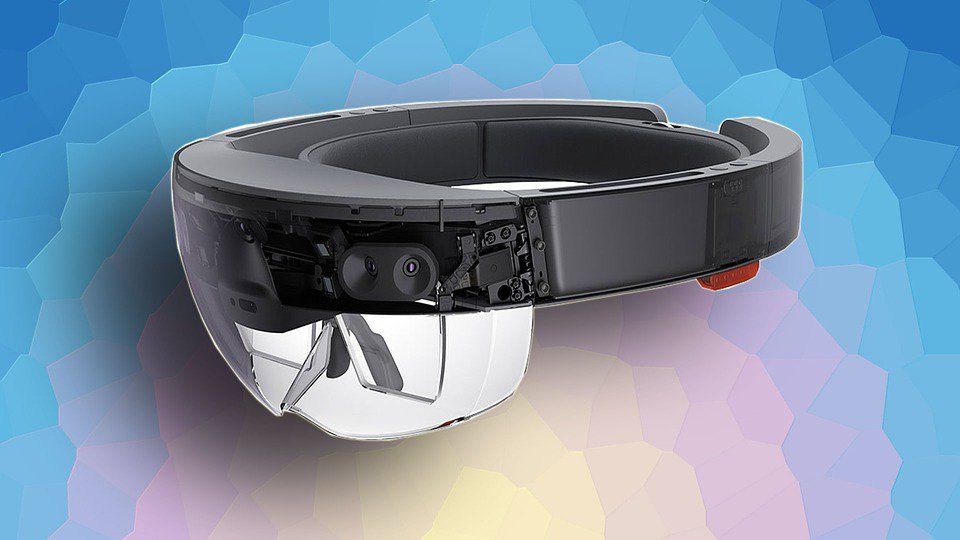
 עברית (Hebrew)
עברית (Hebrew)